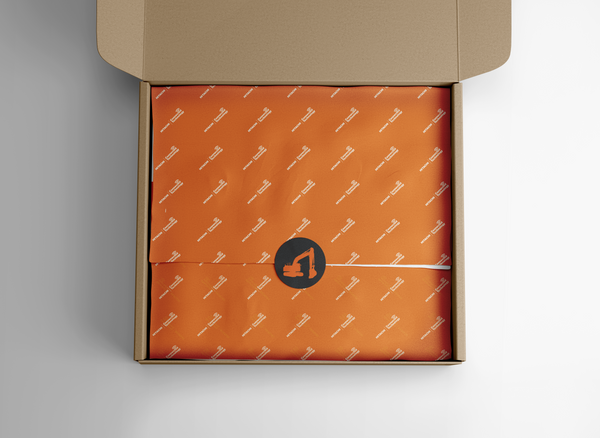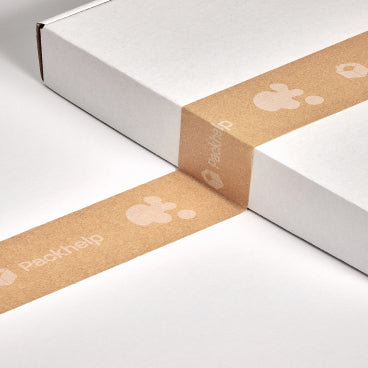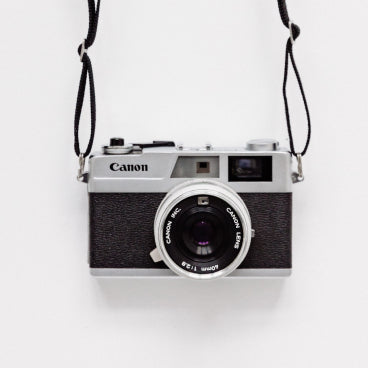Are you looking to maximise the impact of your merchandise budget?
Well, we've got you covered! In this article, we'll share expert tips to help you make the most out of every dollar you spend. By setting clear goals, conducting market analysis, and prioritising high-impact investments, you'll be able to optimise your merchandise budget for success.
Plus, we'll show you how to negotiate favourable terms with suppliers and monitor performance metrics to ensure you're getting the best results. Let's dive in and start making your merchandise budget work harder for you!
Key Takeaways
- Clearly define goals and objectives for the merchandise budget.
- Conduct market research and analysis to understand current market trends and identify target audience and their needs.
- Prioritise high-impact merchandise investments by analysing competitor offerings and focusing on products with high impact.
- Negotiate favourable terms with suppliers by clearly communicating requirements, researching and comparing prices, and maintaining open lines of communication.
Setting Clear Goals and Objectives
You should start by clearly defining your goals and objectives for your merchandise budget. This step is crucial in ensuring that you allocate your resources effectively and make informed decisions.
Take the time to identify what you want to achieve with your merchandise, whether it's increasing sales, expanding your customer base, or promoting brand awareness.
By setting clear goals, you can tailor your budget to prioritise the areas that will help you achieve those objectives.
Once you have established your goals, you can then move on to conducting market research and analysis to identify the best strategies for reaching your target audience and maximising your return on investment.
Transitioning into the next section, understanding your market is key to making informed decisions about your merchandise budget.
Conducting Market Research and Analysis
Conducting market research and analysis is essential for maximising the impact of your merchandise budget. By understanding the current market trends, customer preferences, and competitor strategies, you can make informed decisions that will drive sales and increase profitability.
Start by identifying your target audience and their needs. This will help you determine what products and features are most likely to resonate with them. Next, analyse the competition. Look at what they are offering, their pricing strategies, and any gaps in the market that you can capitalise on.
Additionally, gather data on customer feedback and purchasing patterns to gain valuable insights. Armed with this information, you can prioritise high-impact merchandise investments that align with your goals and objectives, ensuring that your budget is used effectively.
Prioritising High-Impact Merchandise Investments
Analysing competitor offerings and identifying market gaps can help prioritise high-impact merchandise investments. By studying what your competitors are offering, you can gain valuable insights into the market and understand what customers are looking for.
This information allows you to identify gaps in the market where your business can fill a need and stand out from the competition. Once you have identified these gaps, you can prioritise your merchandise investments to focus on products or services that will have the greatest impact on your target market.
This strategic approach ensures that your resources are allocated effectively, maximising your return on investment. Prioritising high-impact merchandise investments not only helps you meet customer demands but also helps your business stay ahead of the competition and achieve long-term success.
Negotiating With Suppliers
When negotiating with suppliers, it's important to clearly communicate your needs and expectations to ensure beneficial terms are met. Suppliers play a crucial role in your merchandise budget, so building a strong relationship with them is key. Here are some tips to help you negotiate:
- Be clear and specific about your requirements, such as quality, quantity, and delivery timelines.
- Consider long-term partnerships and bulk orders to negotiate better pricing and discounts.
- Maintain open lines of communication and address any concerns or issues promptly to avoid misunderstandings.
“At Envista, we're not just about making a sale; we're dedicated to crafting a personalised approach that empowers you to make informed decisions.”
Monitoring and Evaluating Performance Metrics
To effectively monitor and evaluate performance metrics, you should regularly review key indicators and track progress towards your goals.
This will help you identify any areas that need improvement and make necessary adjustments to ensure the success of your merchandise budget. Start by identifying the most important metrics that align with your budget goals.
These could include sales revenue, gross margin, inventory turnover, and customer satisfaction. Track these metrics on a regular basis, using tools such as spreadsheets or software, to keep a close eye on your progress.
Analyse the data and compare it to your targets or benchmarks to assess performance. This will allow you to make informed decisions and take appropriate actions to optimise your merchandise budget and achieve your desired outcomes.
Conclusion
In conclusion, by following these expert tips, you can maximise the value of your merchandise budget. Set clear goals and objectives to focus your efforts.
Conduct thorough market research to understand your customers' preferences and needs.
Prioritise high-impact merchandise investments to make the most impact. Negotiate favourable terms with suppliers to save money. And finally, continuously monitor and evaluate performance metrics to make informed decisions. With these strategies in place, you'll be on your way to getting the most out of your merchandise budget.
 T-Shirts
T-Shirts Polo Shirts
Polo Shirts Sweatshirts
Sweatshirts Hoodies
Hoodies Headwear
Headwear Eyewear
Eyewear Fleeces
Fleeces Jackets & Gilets
Jackets & Gilets Hi-Vis
Hi-Vis Socks
Socks Footwear
Footwear Shorts & Trousers
Shorts & Trousers Backpacks
Backpacks Tote Bags
Tote Bags Gift Bags
Gift Bags Laptop Bags
Laptop Bags Sports Bags
Sports Bags Travel Bags
Travel Bags Insulated Bottles
Insulated Bottles Keepcups & Tumblers
Keepcups & Tumblers Mugs
Mugs Sports & Water Bottles
Sports & Water Bottles Drinkware Accessories
Drinkware Accessories Sustainable Drinkware
Sustainable Drinkware Pens & Pencils
Pens & Pencils Notebooks
Notebooks Sports Promo
Sports Promo Sportswear & Kits
Sportswear & Kits Chargers
Chargers Phone Cases
Phone Cases Phone Holders
Phone Holders Powerbanks
Powerbanks Speakers
Speakers Wireless Tech
Wireless Tech Umbrellas
Umbrellas Events
Events Retail
Retail Promotional Campaigns
Promotional Campaigns Uniform & Workwear
Uniform & Workwear Health & Travel
Health & Travel











